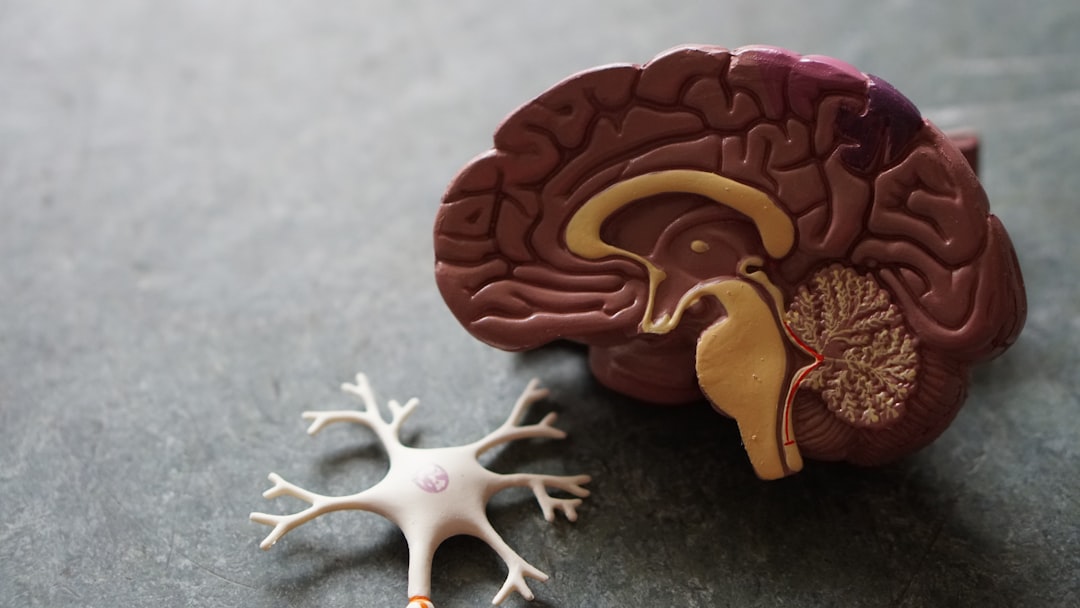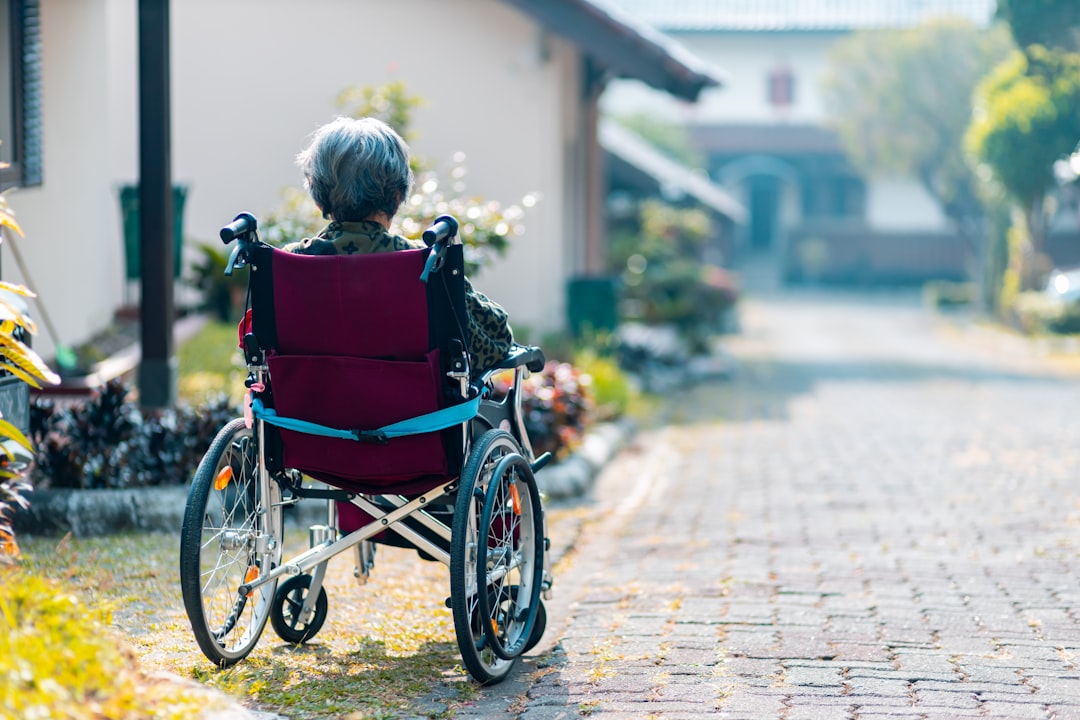What is it about?
Repetitive DNA sequences capable of forming alternative (non-B) DNA structures have provided plenty evidence for it to be prone to subtle germline mutations. However, the extent to which are involved in mediating these mutations and the remains to be ascertained. The extent to which 4 different types of non-B DNA forming sequences may be involved in mediating different types of micro-lesion causing (or associated with) human inherited disease is assessed.
Featured Image
Why is it important?
It is the first study to assess the extent to which four different types of non-B DNA-forming sequence – direct, inverted, R•Y-rich mirror repeats and G-quartets – capable of slipped, hairpin/cruciform, triplex and G-quadruplex structure formation, respectively, may be involved in mediating different types of micro-lesion causing (or associated with) human inherited disease. The proposed mechanisms provide new insights into mutagenesis underlying pathogenic micro-lesions.
Perspectives
Working on this manuscript was a great learning experience as the co-authors of the paper had vast knowledge in the domain. Understanding the role of non-B DNA structures in mediating subtle pathogenic mutations, if any, and then the mechanisms by which these subtle lesions associated/causing human inherited diseases is of far more importance as the rate at which the number of micro-lesions are added to the human gene mutation database (HGMD; http://www.hgmd.org) is alarming.
Mihir Kamat
University of Cambridge
Read the Original
This page is a summary of: A Role for Non-B DNA Forming Sequences in Mediating Microlesions Causing Human Inherited Disease, Human Mutation, November 2015, Wiley,
DOI: 10.1002/humu.22917.
You can read the full text:
Contributors
The following have contributed to this page










